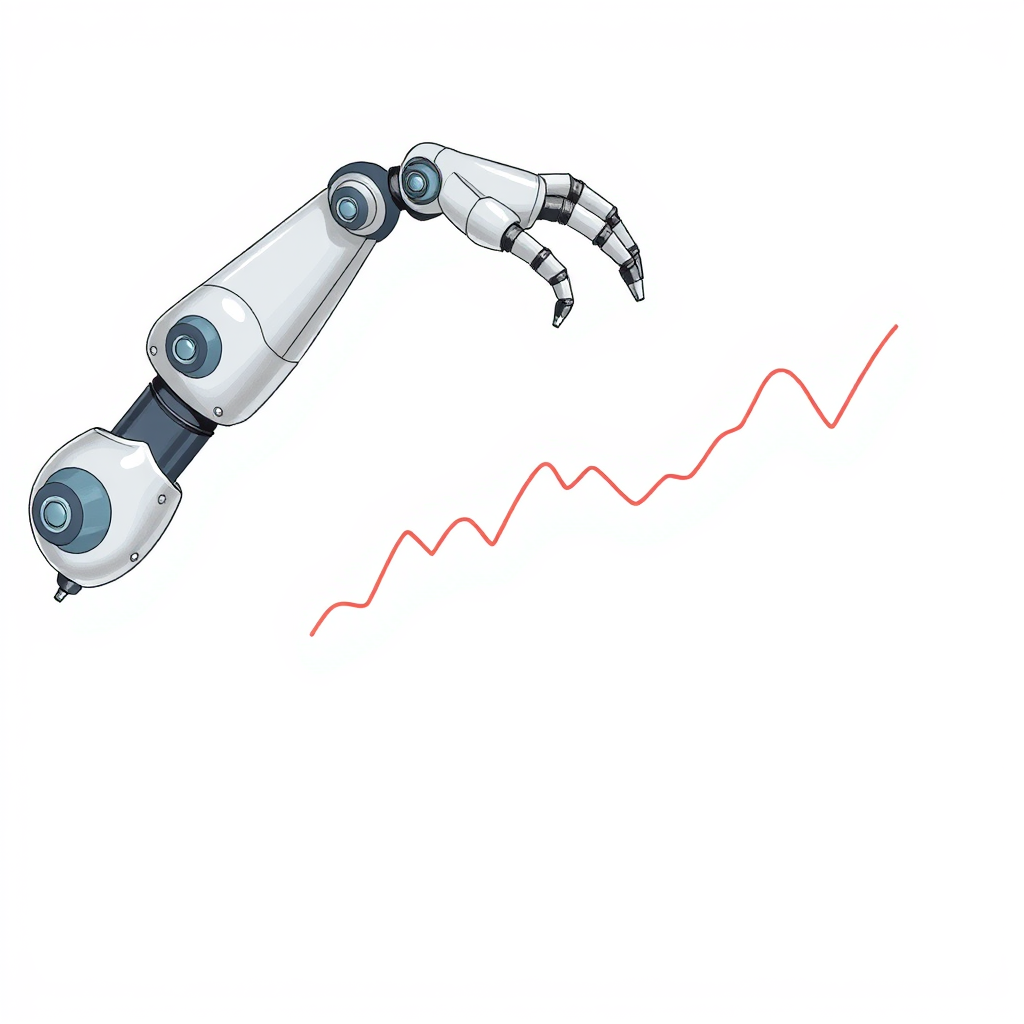Synthetic Index Robots Transform Automated Trading Now

The landscape of automated trading is undergoing a significant transformation, driven by the emergence of synthetic indices robots – also known as expert advisors or trading bots. These innovative tools are rapidly changing how traders interact with financial markets, offering a unique set of advantages over traditional methods. Synthetic indices, designed to mimic real-world market movements without being tied to global economic events, provide a stable and predictable environment for these bots to operate.
The core appeal of synthetic indices robots lies in their ability to overcome limitations inherent in human trading. Unlike traders susceptible to emotional biases like fear and greed, these bots execute pre-programmed strategies with unwavering consistency. This disciplined approach, coupled with their 24/7 operational capability, allows them to capitalize on opportunities around the clock, particularly in volatile markets like the Volatility Index.
Modern synthetic indices robots are increasingly sophisticated, incorporating strategies ranging from mean reversion and trend following to advanced techniques like grid trading and AI-powered machine learning. Crucially, traders can now customize and backtest these strategies using historical data, optimizing performance before deploying them in live markets. The speed at which these bots operate is another key benefit, executing trades in milliseconds and enabling traders to seize fleeting opportunities that would be impossible to capture manually. Furthermore, a single bot can manage multiple accounts and strategies, offering a level of scalability unattainable by human traders.
The democratization of algorithmic trading is also noteworthy. Platforms like Deriv’s Dbot and MetaTrader now offer user-friendly interfaces and pre-built templates, allowing even those without coding expertise to create and deploy custom bots. This accessibility is broadening participation in automated trading strategies.
However, it’s not without risks. Potential issues include system failures, poor risk management settings, and server disconnections, all of which can lead to significant losses. Over-optimization, or “curve-fitting,” can also produce misleading results during backtesting, failing to translate into real-world profitability. Therefore, thorough testing on demo accounts and the implementation of robust risk management strategies – including take-profit and stop-loss levels – are essential. Continuous monitoring of bot performance is also crucial.
Looking ahead, the future of synthetic indices trading appears bright. As technology continues to advance, these robots are expected to become even more intelligent and adaptable, leveraging machine learning to optimize strategies dynamically. AI-powered analytics and cloud-based trading will further enhance performance, improve prediction accuracy, and reduce the need for human intervention.
In my view, synthetic indices robots represent a genuine evolution in automated trading. While they won’t entirely replace human traders – intuition and adaptability still hold value – they offer a powerful toolkit for both novice and experienced traders seeking to optimize their strategies. The combination of consistent, fast, and intelligent trading solutions is compelling, and I anticipate continued innovation in this space, potentially leading to a future where machine precision complements – and sometimes surpasses – human capabilities. The key will be responsible implementation, rigorous testing, and a clear understanding of the inherent risks involved.